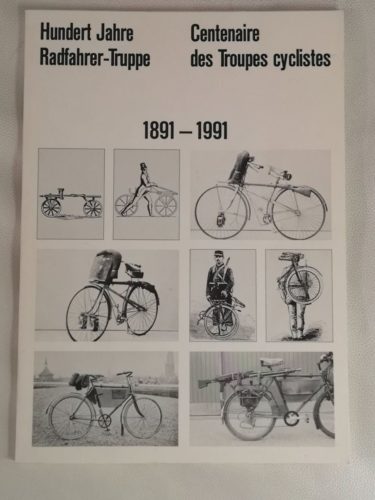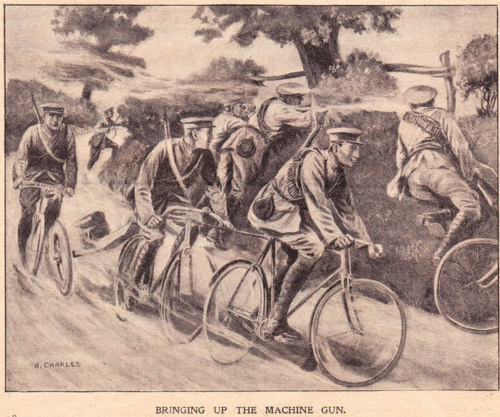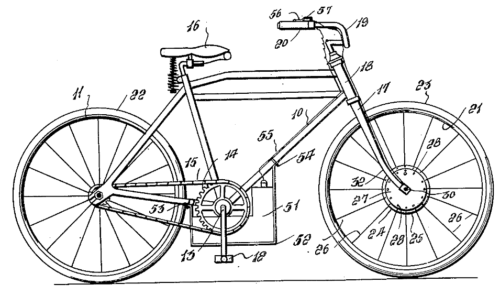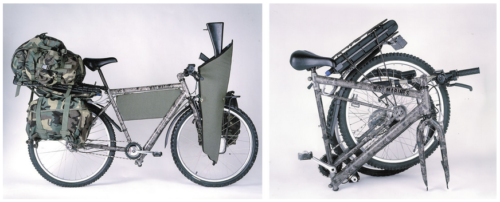A nod to military bike history can be found in a new article about the British military called “Charge of the light brigade: Army Parachute Regiment trial electric bikes”
Eighty years ago, wartime necessitated the introduction of the Royal Enfield WD/RE ‘Flying Flea’ and the Welbike, which were parachuted into occupied Europe, providing a means for airborne and assault troops to transmit messages. […] “Motorcycles have been in military use ever since they were invented. So, what we’re doing is nothing new – what’s new is the electrification side of it and the opportunities that presents…they can be used in a way where a petrol engine would just give your position away.”
Electric bikes have many obvious advantages, already getting a lot of attention from special forces in America: given low sound and heat profiles they are much safer, faster, lighter and easier to maneuver than liquid fuel bikes, not to mention an easier and safer supply chain.
What’s not to like about electric bikes?
Even more broadly, the bike in most cases is a far better tool for modern military application than any automobile including trucks. It’s not really any kind of news or secret.
Without a Motorcycle in Kandahar, ‘You Are Like a Prisoner’. A foreshadowing of how the Afghan war would be won and lost by distributed / localization networks, hit & run tactics, and terrain advantages.
See also:
In terms of the US Army, consider how they rode mountain-bike field tests way back in 1896, as I’ve written here before, so the Ogden Bolton electric bike from 1895 might be a better “nothing new” reference than a smelly, greasy 1939 Royal Enfield.

Speaking of references, in 1991 there was even a book published that detailed a century of bikes used in war. It’s kind of amazing to think how many better references there may be versus that WWII Enfield.

In WWI soldiers allegedly even were pulling heavy gear into battle using bicycles as if some kind of direct replacement for horse power. You’d think electricity would be on their mind.

Journalists in 1914 indeed mention that a bike has a major advantage because it can be dropped flat to the ground and completely hidden from enemy fire, which seems an odd point to make today yet it was an innovation in military thinking at the time.
Being completely hidden, of course, is again why the electric motor signature has been so compelling for 100 years versus oil burners.
And from there, the 1938 McDonald seems even more relevant, especially because by this time Japan was using bicycles in major offensive campaigns (1937 invasion of China).

Given the superiority of electric, it’s a wonder anyone bothered with gasoline bikes at all.
It seems all too easy to find evidence of electric bikes in military projects throughout history that are far more relevant to today’s British paratrooper than an Enfield of WWII. Here’s a good one:
In 1997, [US Government was] seeking a way to move military troops and equipment without the heat or noise signatures of a combustion engine and due to Montague’s experience in the field, they won the grant to develop the Tactical Electric No Signature (TENS) Mountain Bike. Montague worked closely with Currie Technologies on their earliest electric systems to equip these military models with the best electric motor technology of the time. Currie is still making electric drive systems used on many e-bikes today.

Someone in the US military surely thought TENS would be an hilarious acronym for an 18-speed electric bicycle.
So what really is new? The oil industry seems to be losing its death grip. In retrospect, bikes never should have been anything but electric this whole time.
I mean I know it’s fashionable to say electric bikes have short range, have trouble keeping a charge in extreme weather… but let’s be honest about such nonsense.
You can’t pull gasoline out of thin air or water like you can electricity. Even diesel has potential to be created from local sources that gasoline clearly does not. I’ve always found electricity available in even the most remote locations, places oil was nowhere to be found.
In fact, WWII motorcyclists reminisce about their leaky and wasteful fuel cans, which could never serve modern operations.
“We had flimsy cans of petrol, so you cut them in half, pierced it with a lot of holes, three-quarter fill it with earth, pour petrol and put a match on it and it would burn for a long while. That’s how we used to brew up [tea] while we’re on the road!”
With an electric bike he would have just heated water using a simple pad or pole plugged into the battery, having none of the signature/footprint issues of a setting that petrol can on fire.
Amazing! I really love the KTM macina. It is damn good. Thanks for sharing an informative blog on e-bikes.